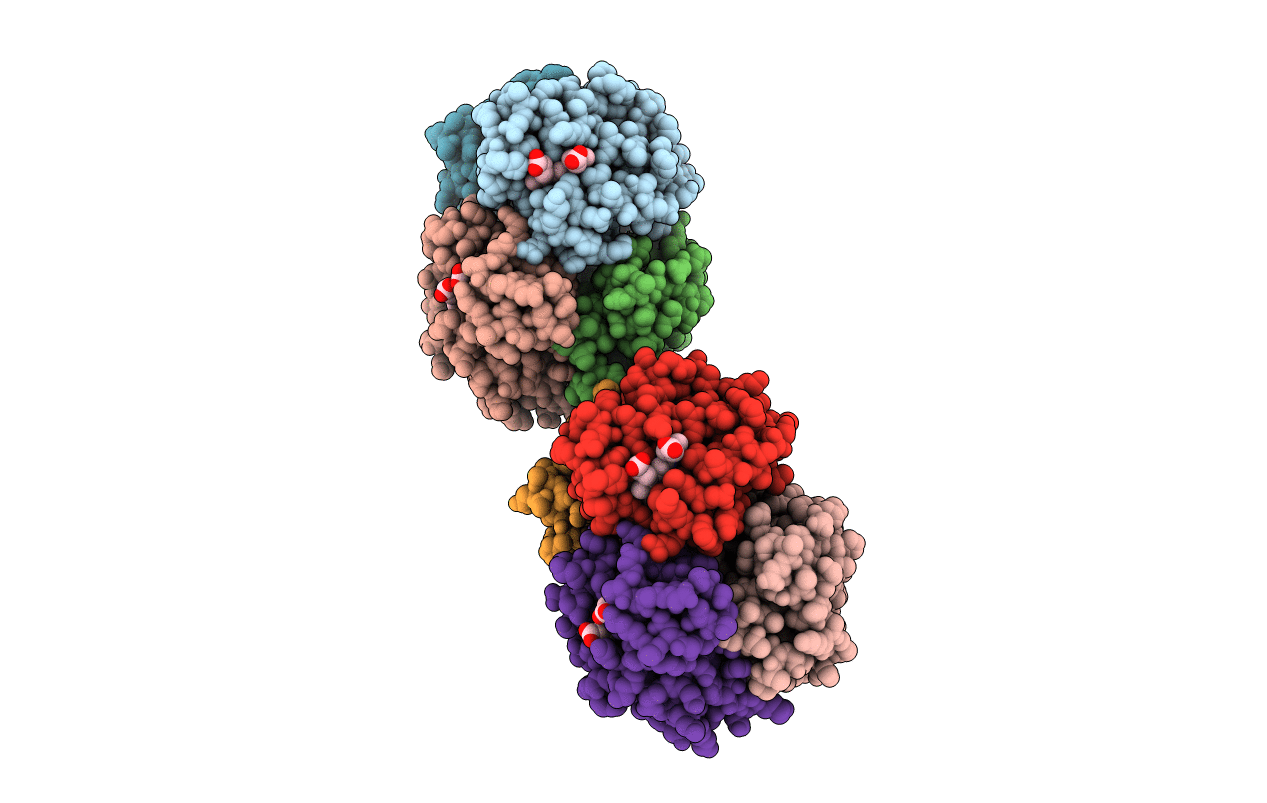
Deposition Date
2016-06-10
Release Date
2017-04-05
Last Version Date
2023-09-27
Entry Detail
PDB ID:
5KER
Keywords:
Title:
Deer mouse recombinant hemoglobin from high altitude species
Biological Source:
Source Organism:
Peromyscus maniculatus (Taxon ID: 10042)
Host Organism:
Method Details:
Experimental Method:
Resolution:
2.20 Å
R-Value Free:
0.20
R-Value Work:
0.19
R-Value Observed:
0.19
Space Group:
P 1 21 1


